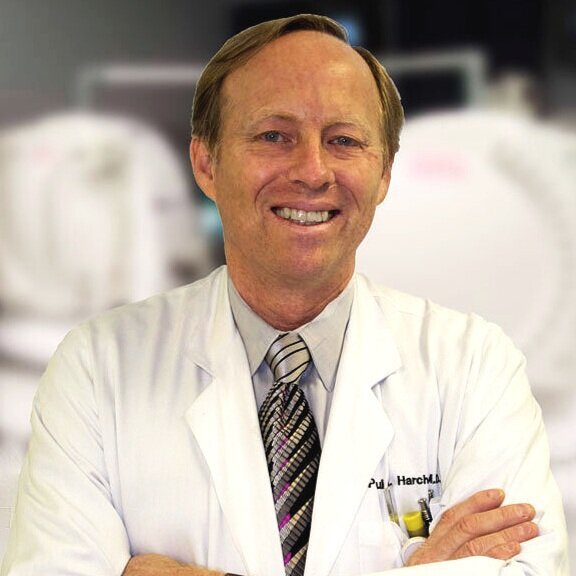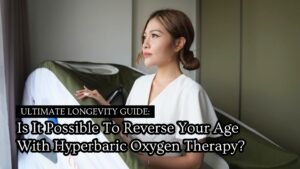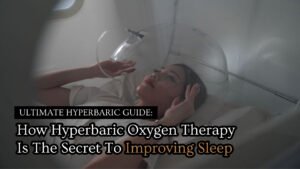7:20 – Importance of Pressure and its relationship with genes
9:20 – HBOT is a stimulus for rejuvenation
19:20 – Case on child ‘meconium was present at birth’
22:30 – Cases of child with ADD/ADHD.
In the realm of regenerative medicine, the combination of hyperbaric oxygen therapy (HBOT) and stem cell therapy has emerged as a promising approach for treating a wide range of medical conditions. Dr. Paul Harch, MD, a renowned expert in hyperbaric medicine, has been at the forefront of this groundbreaking research, demonstrating how HBOT can significantly enhance the success of stem cell implantation. In this Edit Column, we delve into Dr. Harch’s pioneering work and the potential implications it holds for the future of medical treatments.
Understanding Hyperbaric Oxygen Therapy (HBOT)
HBOT is a medical treatment that involves breathing pure oxygen in a pressurized chamber. The increased pressure allows the body to absorb oxygen at a much higher level than normal. This excess oxygen is then transported to cells and tissues throughout the body, promoting healing and tissue repair. HBOT has been used for decades to treat various medical conditions, including decompression sickness, wounds that won’t heal, and radiation injuries.
The Synergistic Effects of HBOT and Stem Cell Therapy
Dr. Harch’s research centers on the synergy between hyperbaric oxygen therapy and stem cell therapy. Stem cells are remarkable in their ability to differentiate into various cell types, making them invaluable in regenerating damaged tissues and organs. However, one of the challenges in stem cell therapy is ensuring that an adequate number of stem cells successfully engraft, or implant, in the target tissue. Many factors, such as inflammation and a lack of oxygen in damaged areas, can impede this process.
HBOT addresses these challenges by providing a hyperoxygenated environment. This oxygen-rich atmosphere enhances the survival and proliferation of stem cells, allowing them to migrate more effectively to damaged tissues. The increased oxygen levels also reduce inflammation and improve the microenvironment, creating a more favorable setting for stem cell implantation.
Clinical Applications
Dr. Harch’s work has far-reaching implications for a wide range of medical conditions. Some of the notable applications of HBOT-assisted stem cell therapy include:
-
Neurological Disorders: Conditions like traumatic brain injury (TBI), stroke, and neurodegenerative diseases have shown promise in responding positively to this combined therapy. Improved tissue oxygenation can aid in brain repair and functional recovery.
-
Orthopedic Injuries: Bone and joint injuries can benefit from the regenerative power of stem cells. HBOT helps create an optimal environment for these cells to repair and rebuild damaged tissues.
-
Cardiovascular Diseases: Stem cell therapy combined with HBOT has the potential to aid in the regeneration of cardiac tissues, potentially offering new hope to patients with heart conditions.
-
Autoimmune Diseases: Conditions such as multiple sclerosis (MS) and rheumatoid arthritis (RA) may benefit from the anti-inflammatory effects of HBOT, reducing symptoms and improving overall quality of life.
Conclusion
Dr. Paul Harch’s groundbreaking research on the combination of hyperbaric oxygen therapy and stem cell therapy offers exciting possibilities for regenerative medicine. This innovative approach addresses key challenges in stem cell implantation and has the potential to revolutionize the treatment of a wide range of medical conditions. As research in this field continues to evolve, we can anticipate that more patients will benefit from the synergistic effects of HBOT and stem cell therapy, paving the way for improved health and quality of life.







